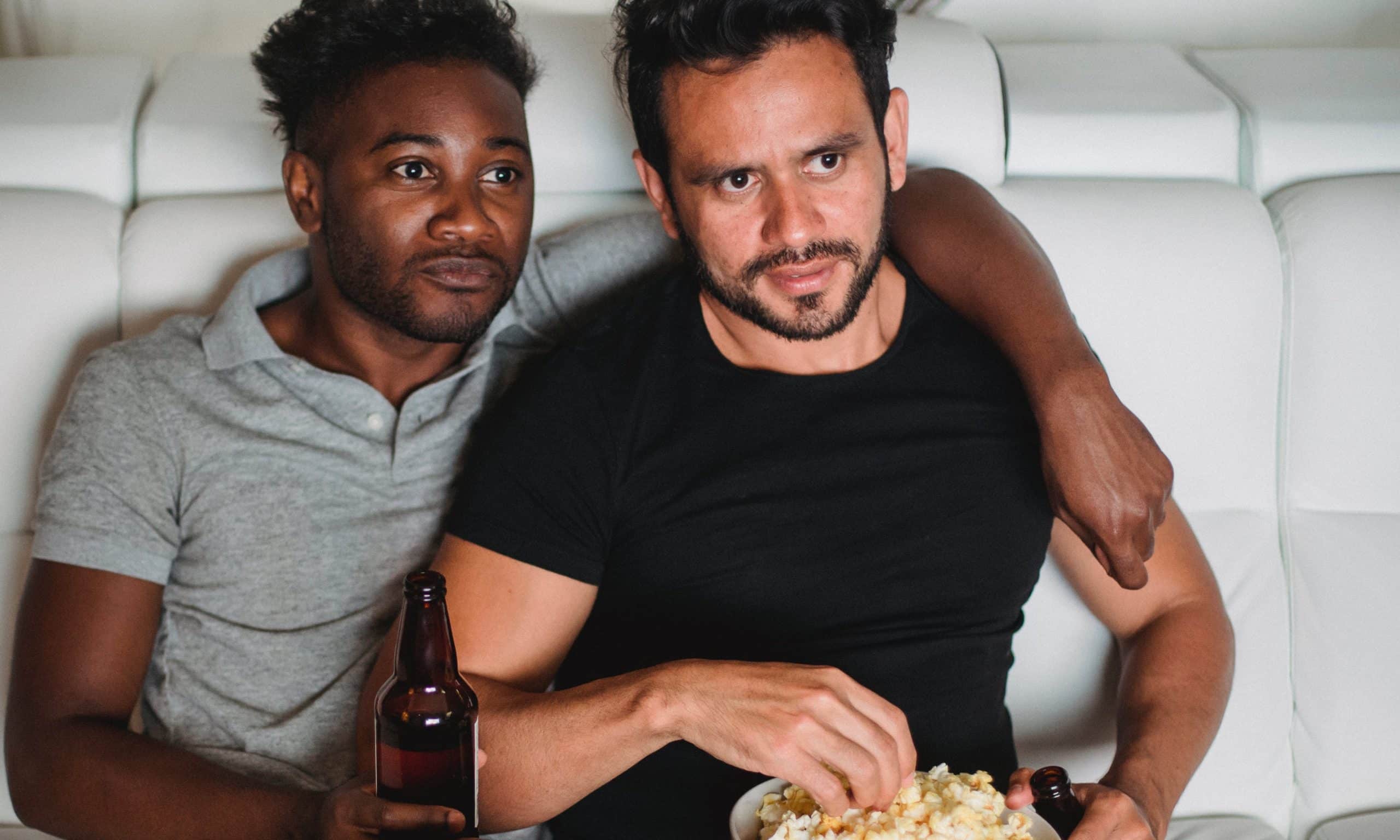In the realms of emotional connection and understanding, movies transcend mere entertainment—they become a catalyst for empathy and profound insights into the human experience. Roger Ebert once described movies as an unparalleled empathy machine, allowing us to inhabit different lives and perspectives. Surprisingly, this cinematic immersion might not just broaden our worldview but also fortify the bonds between life partners. Could the notion of “Movie Therapy” truly hold the power to mend relationships and foster deeper connections between couples?
The late movie critic Roger Ebert once said;
Movies are the most powerful empathy machine in all the arts. When I go to a great movie I can live somebody else’s life for a while. I can walk in somebody else’s shoes. I can see what it feels like to be a member of a different gender, a different race, a different economic class, to live in a different time, to have a different belief. This is a liberalizing influence on me. It gives me a broader mind. It helps me to join my family of men and women on this planet. It helps me to identify with them…
And it may help build empathy with our life partner as well.
A new three-year study finds that Ebert was right, at least where newly married couples were concerned. Could Movie Therapy really be effective for struggling couples?
The early years of marriage are the most difficult, according to the University of Rochester psychologist Ronald Rogge.
Divorce rates for newlyweds were more than halved by couples watching movies about relationships and discussing them afterward.
Movie therapy research for couples
Researchers compared a ‘movie-and-talk’ form of self-help marriage counseling against groups receiving psycho-education on ways to improve communication with newlyweds and found interesting results (Rogge et al., 2013).
The study’s lead author, Ronald Rogge, said:
We thought the movie treatment would help, but not nearly as much as the other programs in which we were teaching all of these state-of-the-art skills. He continued:
The results suggest that husbands and wives have a pretty good sense of what they might be doing right and wrong in their relationships. Thus, you might not need to teach them a whole lot of skills to cut the divorce rate. You might just need to get them to think about how they are currently behaving. And for five movies to give us a benefit over three years–that is awesome.
Movies as couples therapy: Movie plus conversation
The study compared three different marriage counseling, essentially skill-building psycho-education, against a control group:
- Conflict management: skill-building for partners on how to deescalate arguments.
- Compassion and mutual acceptance: teaching couples the benefits of appreciating their partner more, and to change their way of speaking with their partner to reflect a more open attitude.
- Movie-and-Conversation: couples watched and discussed movies about relationships after receiving a 10-minute instruction on how watching a movie could help them focus on, and be more sensitive to, the impact of their own attitudes and actions on their relationship.
When the groups were compared over three years, all did about as well compared with a control group, in which couples sought to divorce at twice the rate.
This was a surprise for the movie-and-talk group given that it didn’t feel like going into couple’s therapy.
Rogge felt the findings were significant because with some troubled couples, it might not be possible to get a partner into couples therapy. But watching a movie together and having a discussion for about half an hour to forty-five minutes, Rogge says “that’s not so scary. It’s less pathologizing, less stigmatizing.”
But Ronald Rogge has some cautious advice about the kinds of movies that aren’t appropriate. Too many romantic comedies show humorous squabbling, with an unrealistic romantic resolution occurring only in the final fleeting moments of the film.
Rogge points out that couples that eventually divorce, like all of us, also have a history of watching films together. So what are the specifics that make watching a movie together as potentially helpful as a couples therapy session?
The films that Rogge considered therapeutic showed a couple in a long term relationship actively engaged in working through their differences throughout the film. Offering each other support, as well as smarting from differences, but continuing to muddle through. The couples therapy effect comes from the quality of the conversation as the viewing couple compare and contrast themselves with the onscreen couple. It is the act of taking the time to focus on considering the question “how am I treating my partner?” that matters.
Some of the films used in Rogge’s study were:
- Love Story
- The Way We Were
- Mr. Blandings Builds his Dream House
- Husbands and Wives
- Two for the Road
- Gone with the Wind
- As Good As It Gets
- …and Adam’s Rib.
What excites Rogge is that this is an activity that couples can engage in themselves that is a low stress window into a conversation that his study shows may have, for newlyweds, the same therapeutic effect as a couples therapy session. But even if you’re not a newlywed, the magic of the right movie may open a new conversation for you and your partner as well.
Therapists who specialize in working with couples stay on top of significant, evidence-based research like this, to help their clients break bad relationship habits that lead to divorce, and maximize their ability to turn toward each other.
Summary
The revelation that watching and discussing movies about relationships could equate to the therapeutic impact of structured counseling sessions is nothing short of remarkable. Ronald Rogge’s groundbreaking study unraveled the potency of cinematic narratives in transforming relationships, offering a less intimidating avenue for couples to engage in dialogue and introspection.
As the reels of Love Story, The Way We Were, and other poignant tales unfolded, they mirrored the complexities of real-life relationships, opening doors to conversations that echoed with resonance and potential healing.
Whether newlyweds seeking stability or seasoned couples seeking enrichment, the cinematic lens offers a gentle yet powerful tool to embark on a journey of self-reflection and shared understanding. Embracing this unconventional approach might just be the cinematic bridge leading to profound conversations and deeper connections in the realm of couplehood.


